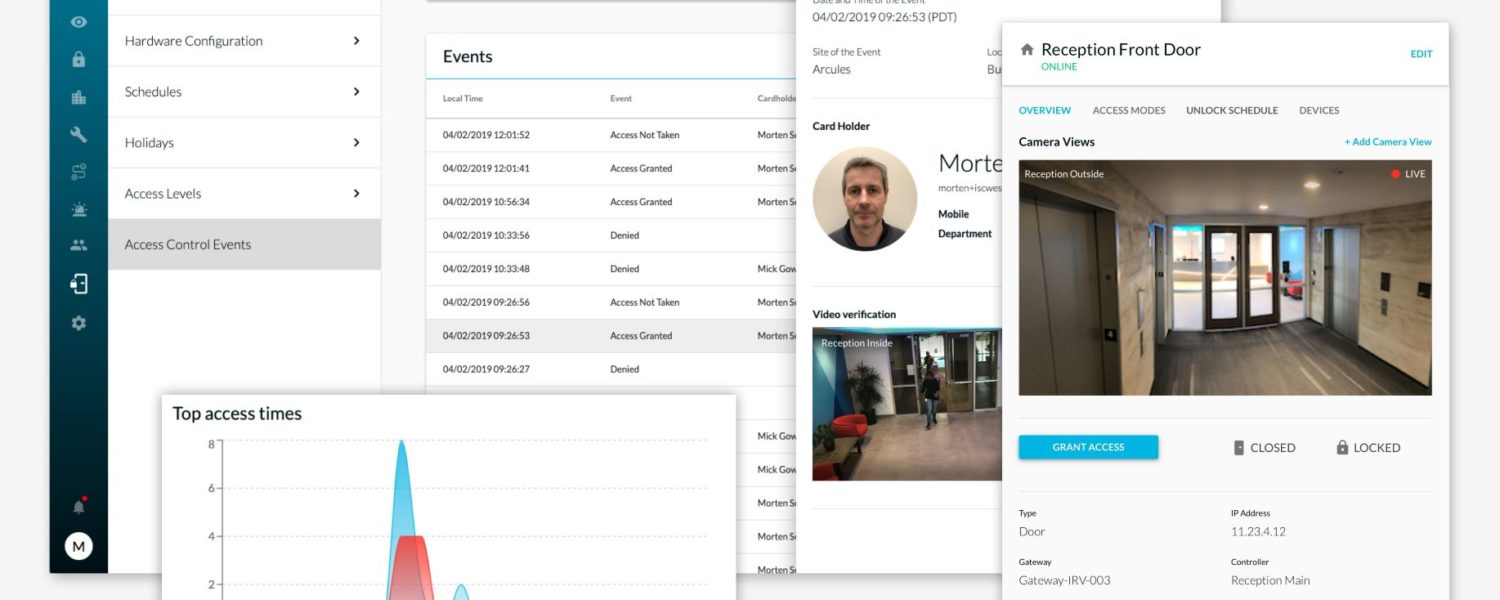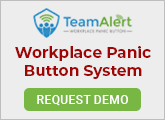By Nigel Waterton
For many school administrators today, risk assessments are necessary to examine how schools handle emergency response, security vulnerabilities, and incident management. Along with fostering supportive and creative learning environments, schools are responsible for ensuring the safety and security of students, staff, and faculty at any given time.
Because of this very fact, educational institutions are proactively engaging in training, technology investments, and re-examining security policies and procedures.
In a recent conversation with one of the country’s leading practitioners in risk-based assessments, Jeff Slotnick, CPP of Setracon Inc., I asked Jeff why schools should engage in risk assessment as a first step, before selecting solutions.
He said, “There is value in risk! Risk, threat and vulnerability assessments are core functions of any security program. The risk assessment analyzes whether the uncertainty is within acceptable boundaries and within the organization’s capacity to manage risk. The results of the risk assessment inform the responsible and accountable decision-maker(s) of choices available to effectively manage risk to achieve the organization’s objectives. In short, you cannot develop solutions until you understand the problem.”
For educational institutions that have embraced the value of risk and acknowledged that perhaps the organization may be beyond the acceptable boundaries for risk management, the cloud may be the ideal solution to address security needs.
The reality is, cloud has proven to be a highly functional, flexible and convenient method for small to medium-sized campuses, such as private Christian schools, to help protect and modernize facilities.
Cloud-based services, such as video and access control, provide educational facilities with the ability to manage multiple cameras, access control permissions and video analytics.
The cloud is helping to revolutionize security functions in several ways, including:
- Accessibility
One of the most significant advantages that the cloud provides to the education sector is the ability to allow the appropriate users to access information from any place, at any time and from a range of connected devices.
All of the data collected from cameras or access control devices is funneled into a single, intuitive platform that was designed to be as easy to use as your smartphone. In the event of an emergency or incident, stakeholders can obtain the most relevant and up-to-date information in minutes for an immediate and informed response.
- Scalability
Often times when making significant hardware purchases, current needs are prioritized over the importance of investing in solutions that can grow as needs change. Cloud-based services have the advantage of being able to scale as an organization adds elements to its infrastructure, including adding another building, more video surveillance cameras or additional access control readers.
- Data Security
Using a public cloud service with the proper protocols can enhance data protection versus an on-premise solution. First, public cloud providers have stringent security measures in place to protect data being transmitted and stored, as they have invested a significant amount of resources into ensuring their networks are protected.
Additionally, many cloud service providers practice strong security, including vulnerability testing, encryption and proper password etiquette to ensure sensitive data is protected (especially in an environment such as a school).
- Automatic Updates
Many of today’s schools have an IT department to help address network-related issues on a daily basis; however, these individuals are often supporting a large number of students, faculty, and staff. Regular updates to on-premise hardware and software, while critical, can become cumbersome for smaller teams.
Cloud-based services help address the burden of system management, as upgrades and security fixes are automatically installed. As such, maintenance and operational concerns of the solution are addressed by the cloud service provider, freeing IT teams up for more support to the broader campus.
- Flexibility
If one thing remains constant within a campus environment, it’s change. Changes to schedules, event access, student and staff access, and much more can change daily, requiring solutions that are easy-to-use, and have the ability to be quickly and easily updated.
With the centralized management of a cloud-based service, schools have the ability to quickly add or change camera and access control reader functionality, as well as add new buildings or external campus sites as needed without the downtime normally associated with on-premise solutions.
The changing nature of today’s campuses necessitates the ability to choose solutions and services that are accessible, scalable, flexible, and provide the proper levels of security across an organization.
When properly secured and managed, the cloud enables these schools and facilities to not only create a safe and secure space for students and faculty alike, but also enhance the security of data and effectively manage risk.
Nigel Waterton is chief revenue officer of Arcules, www.arcules.com. The Arcules Integrated Cloud Video Surveillance platform is designed to ensure security, scalability, reduced operations, and bandwidth management.






